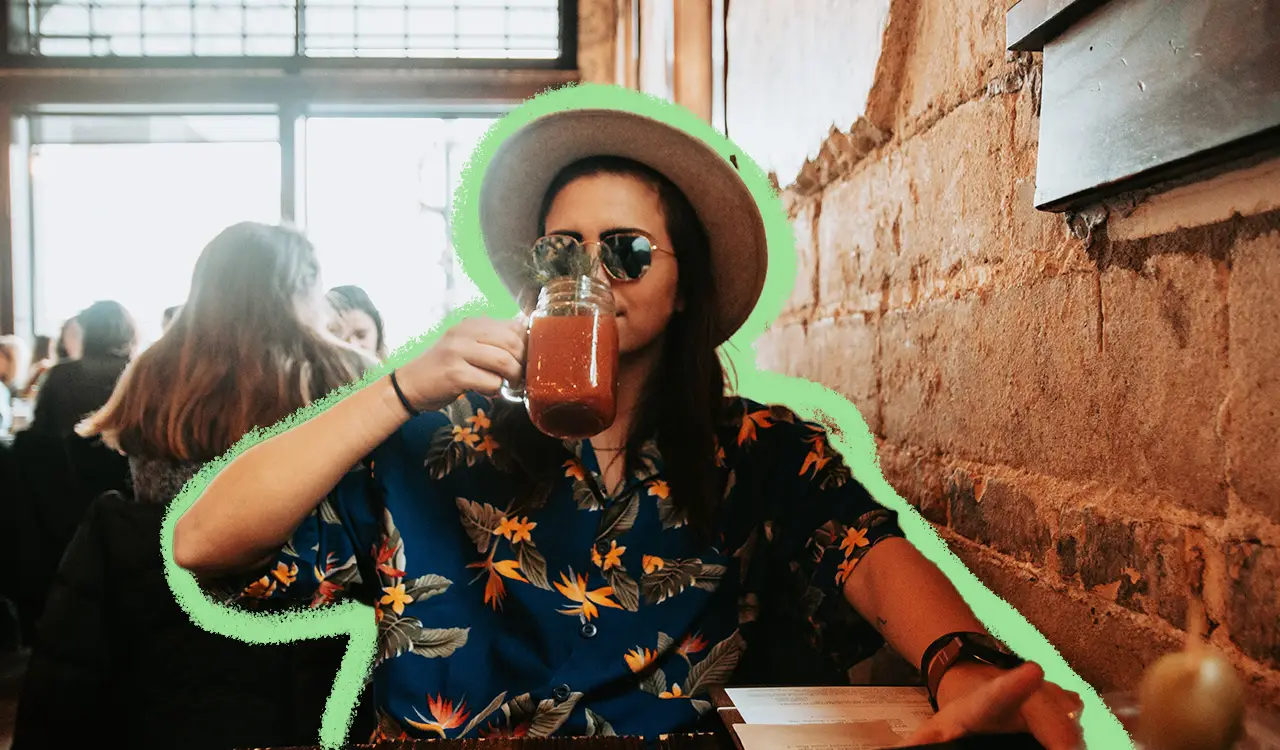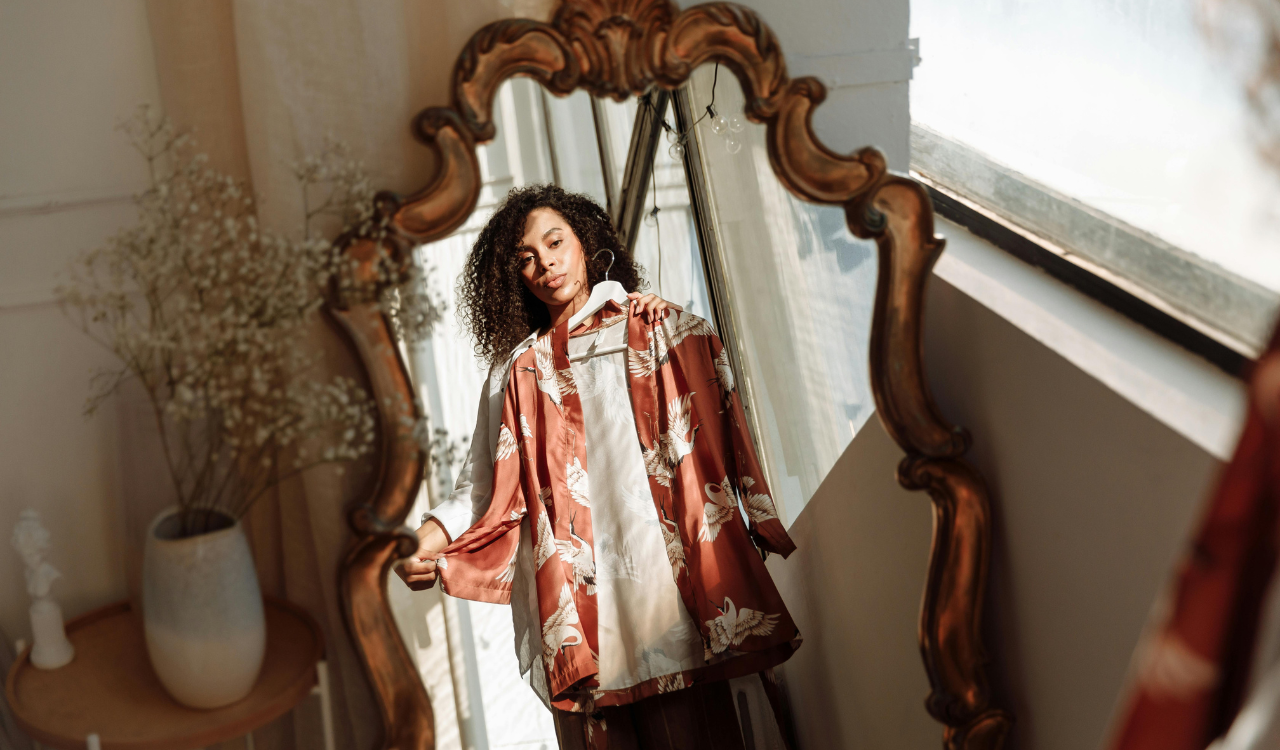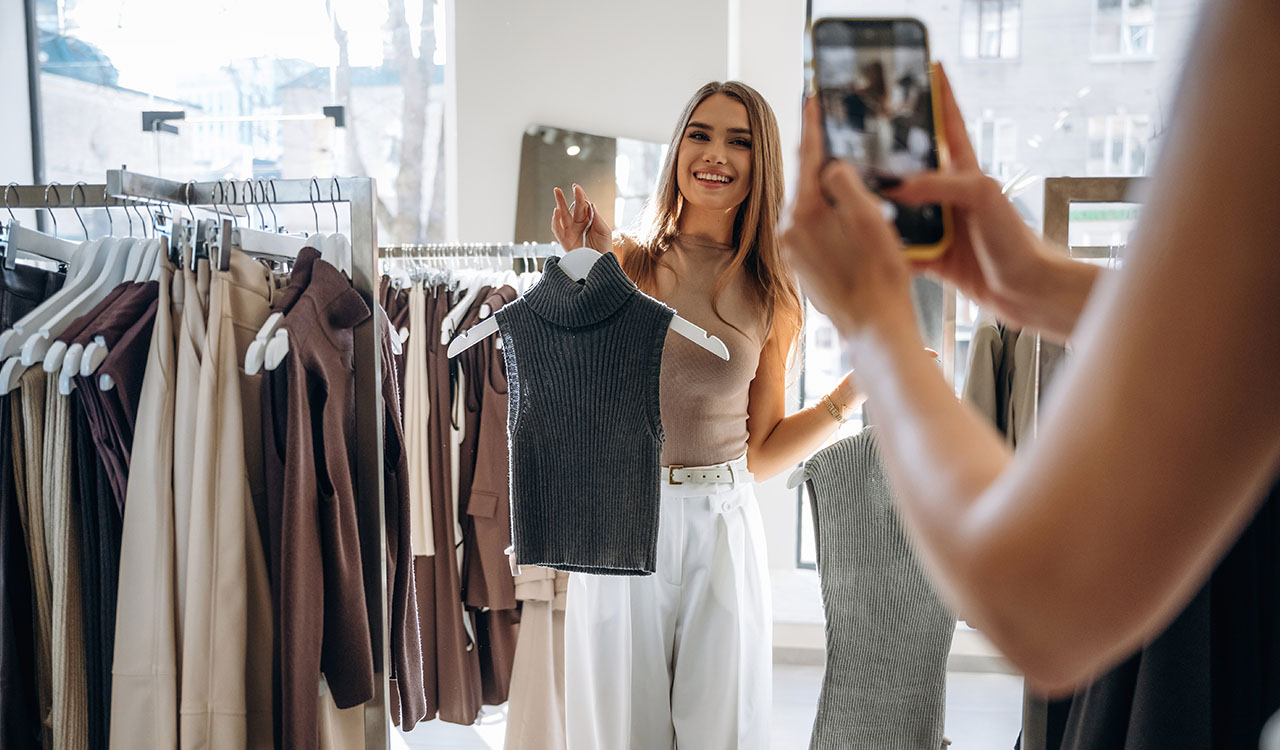Why aren’t young people drinking like they used to? The world is recovering from a global pandemic and contending with a youth mental health crisis. Yet, in this environment and counterintuitively, drinking rates are on the decline. A 2022 Gallup study found that just 60 percent of adults aged 18 to 29 say they drink, while 36 percent of U.S. adults aged 18 and older describe themselves as “total abstainers” from alcohol.
The way we look at health products has evolved drastically. Supplements are no longer relegated to the health food aisle and gym smoothies; instead, you can find them in the spirits aisle. Whether they’re in a bar or in a tearoom, next gens want a drink that promises to change the way they feel. However, they’re seeking beverages that promise to do this in a holistic, healthy way.
In a similar vein, the 2023 Silicon Valley Bank Wine Report found that 28 percent of consumers entirely abstain from wine, which is a four percent increase in abstinence from 2017. The only demographic increasing their wine consumption are drinkers over 60 years of age.
Let’s talk about why young people are drinking less, what products they’re gravitating towards instead, and how brands and retailers can embrace this shift.
Social Attitudes Around Drinking Have Changed
Gen Z drinks 20 percent less than millennials, who drink 20 percent less than Gen X did at their age. Part of this is due to the legality of a substance that is no longer deemed to be unsafe. Most young people have witnessed the deaths of their peers due to legal substances, including fentanyl, Adderall, and/or Oxycodone. Thanks to hard-hitting journalism, as well as a surge in films like “Pain Hustlers” and “The Fall of the House of Usher,” consumers are aware of the industrial complex driving the over prescription of said legal substances.
The legalization of substances tells us nothing about their safety; alcohol is a depressant that can cause addiction, brain shrinking, long-term physical impacts, and death. Alcohol is actually the third-leading cause of death in the U.S. As consumers become more aware of the health issues caused by alcohol, in contrast with the low consequences of using alternatives like marijuana, it brings to mind the question: “Why did we ever think drinking was safe in the first place?
In the Prohibition Era, even outlawed alcohol was never categorized as a “unsafe” spirit, although teetotalers were singing the ills of firewater from the rafters. But by the 80’s, alcohol underwent a drastic rebrand, aided by Nancy Reagan’s “War on Drugs.” Reagan’s vision was to create an America where good, upstanding citizens would utilize her (absurdly simplistic) campaign of “just say no” when presented with cannabis or psychedelics. In counterpoint, when these self-proclaimed “upstanding citizens” were presented with alcohol with all its well-documented side effects, well … after all, alcohol was mentioned in the bible.
Sobriety and Psychedelics for the Win
Alcohol’s strategic branding as a “safe” experience has now fallen by the wayside. And in a strange paradox, substance abuse recovery is seen by many as “trendy” due to an influx of celebrities coming clean about their personal recovery. From Daniel Radcliffe (Harry Potter) and Drew Barrymore to Jamie Lee Curtis and Eminem, celebrities are emerging from the woodwork to tell the stories of how they put down the bottle.
But alcohol isn’t only passé for those in substance abuse recovery. Experimenting with sobriety has become mainstream (think the Dry January tradition), as awareness about the negative health impact of alcohol consumption. On TikTok, the hashtag #dryjanuary has over 128 million views. So, on-trend, young people are gravitating towards indulgences that have a more positive long-term impact on their mental and physical health. Marijuana is now legal for medical use in 38 of 50 states. Marijuana isn’t physically addictive and a maryjane overdose death has yet to occur, so it’s a welcome alternative.
Alongside the legalization of cannabis, documentaries such as the Netflix series “How to Change Your Mind” are shining a light on the healing effects of psychedelic therapies. The us/them discrimination about people who use psychedelics, spearheaded by Reagan’s War on Drugs, is also changing. Psychedelic use is no longer associated with Timothy Leary blissed-out enthusiasts panhandling on the beach. It’s gone mainstream.
Micro dosing psilocybin hit Silicon Valley in a big way and has now trickled down to suburban moms. Today, psilocybin is legal in Oregon and Colorado, with many other states fighting to legalize the traditional indigenous medicine. Psilocybin companies now occupy the almost-legal fringe space that cannabis once filled –– not technically legal in most states, but free of the negative social stigma that psychedelic users were once subject to.
Dry Bars and Supplements
The next generation isn’t only gravitating towards psychedelics in lieu of Johnny Walker. They’re also looking at beverages containing wellness supplements and nonalcoholic spirits to fill the void. Kantar Global MONITOR found that members of Gen Z are 24 percent less likely than the rest of the global population to drink alcohol to maintain or improve their mental wellbeing. A whopping 21 percent are more likely to opt for mood-enhancing food and beverage ingredients instead.
Nonalcoholic beverage sales are growing in double digits each year and reached over $509.6 million in 2023. From nonalcoholic beer, wine, and gin to mood-boosting mocktails, NA products reign. Millennials and members of Gen Z are spearheading this movement. Beverages containing sophisticated flavors with mood boosting or calming ingredients –– think Ashwagandha, Reishi, St. John’s wort, kava kava, valerian, etc. –– are taking center stage.
The bigger picture here is that the way we look at health products has evolved drastically. No longer are supplements relegated to the health food aisle and gym smoothies; instead, you can find them in the spirits aisle. Keep this in mind: Whether they’re in a bar or in a tearoom, next gens want a drink that promises to change the way they feel. However, they’re seeking beverages that promise to do this in a holistic, healthy way. Brands with strong (and public) CSR that can provide said beverages at an affordable price point will be positioned to win the loyalty of health-conscious next gens for years to come. We’re at a hinge point in social history; if you follow the lead of next gens, you’ll be on track for anticipating new business trends.





